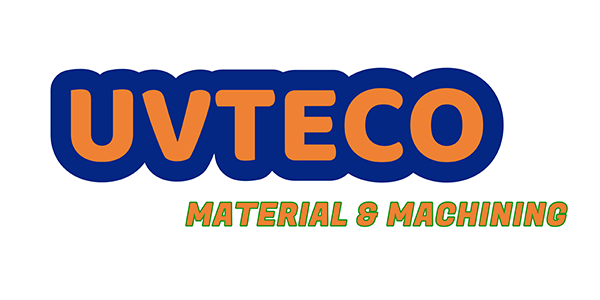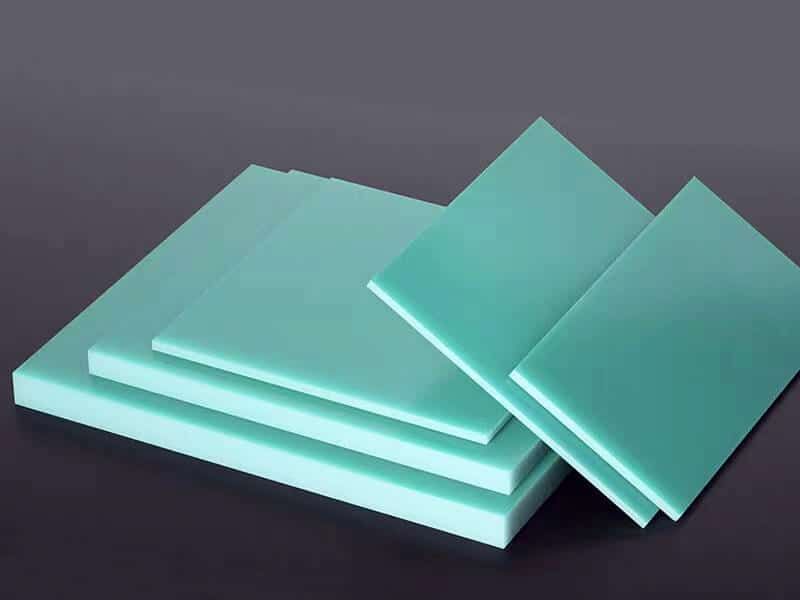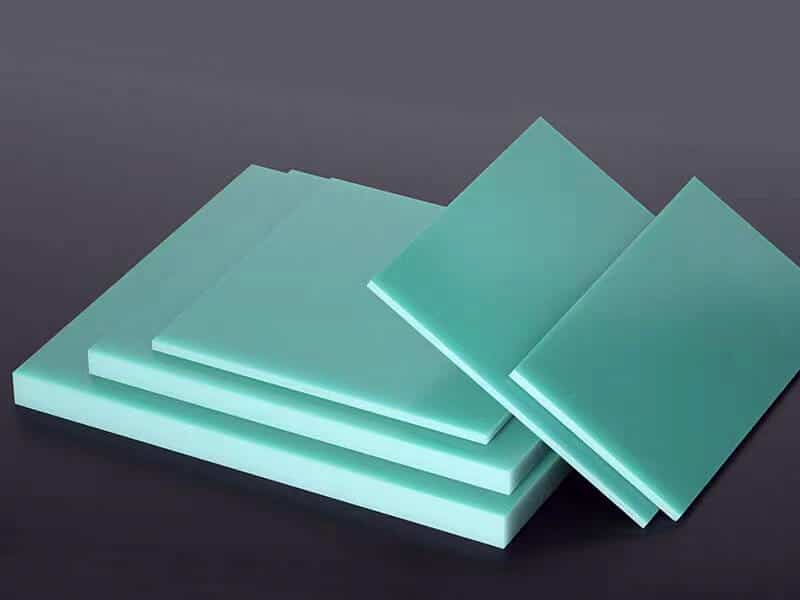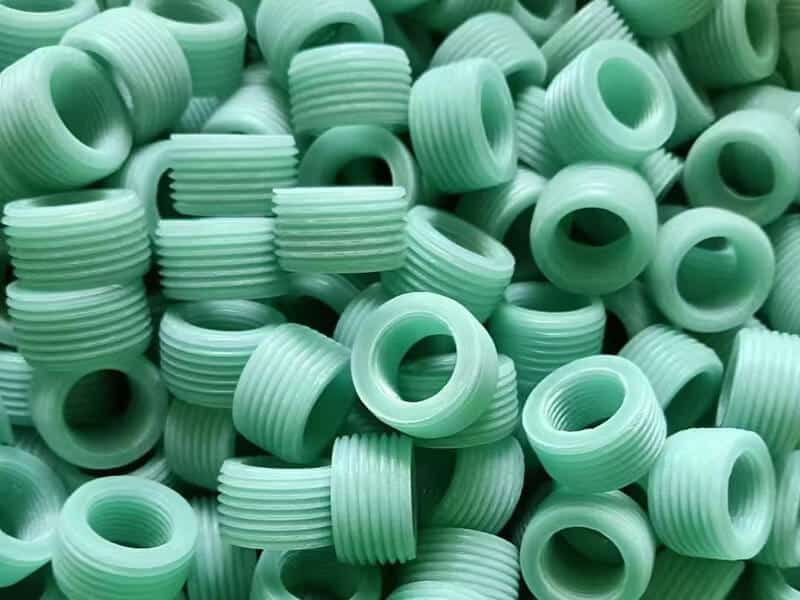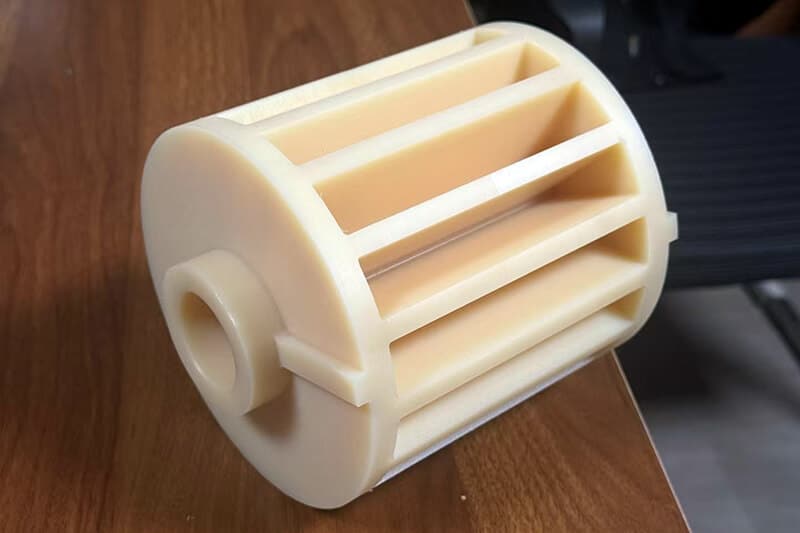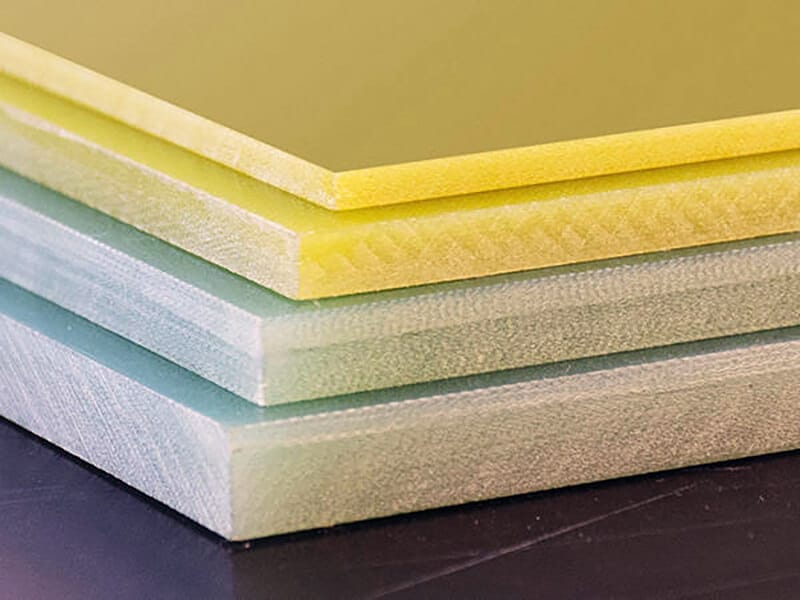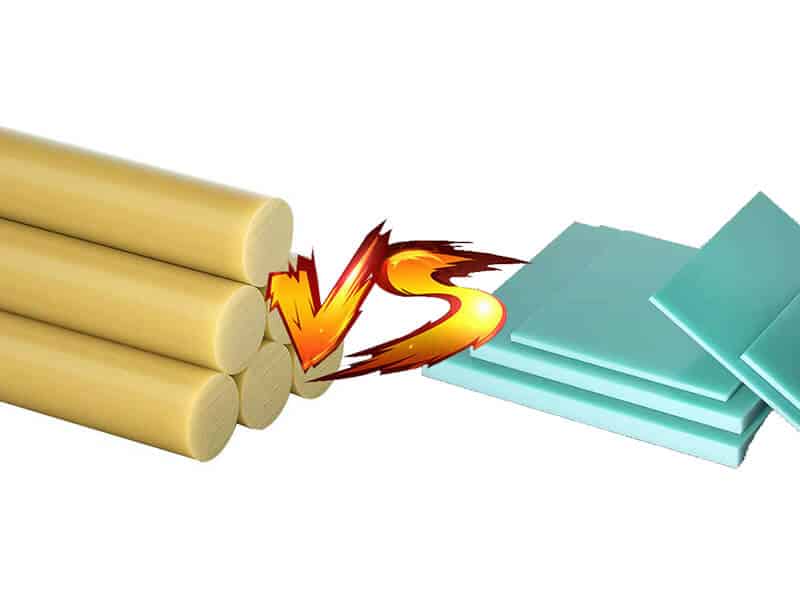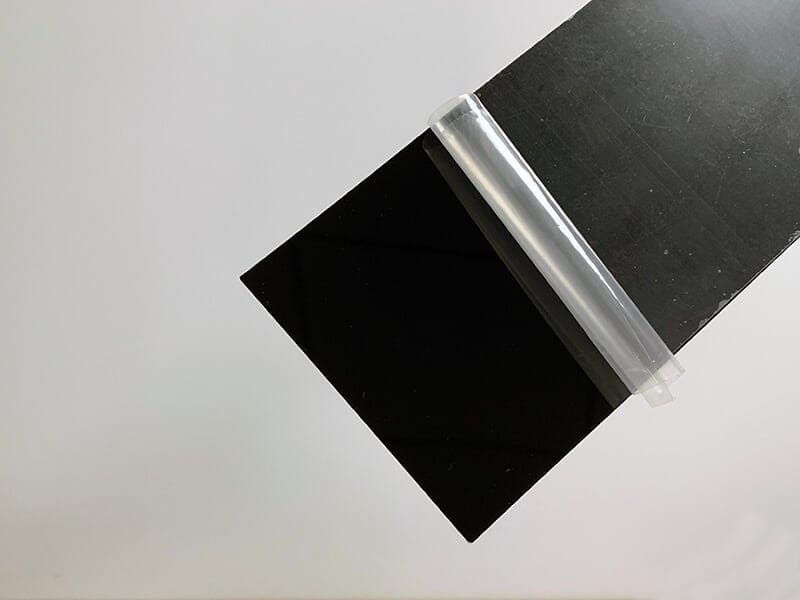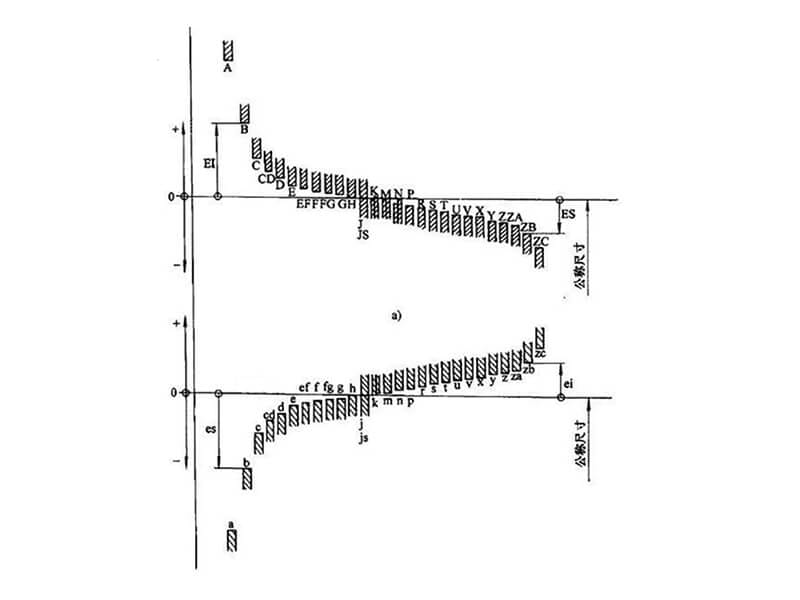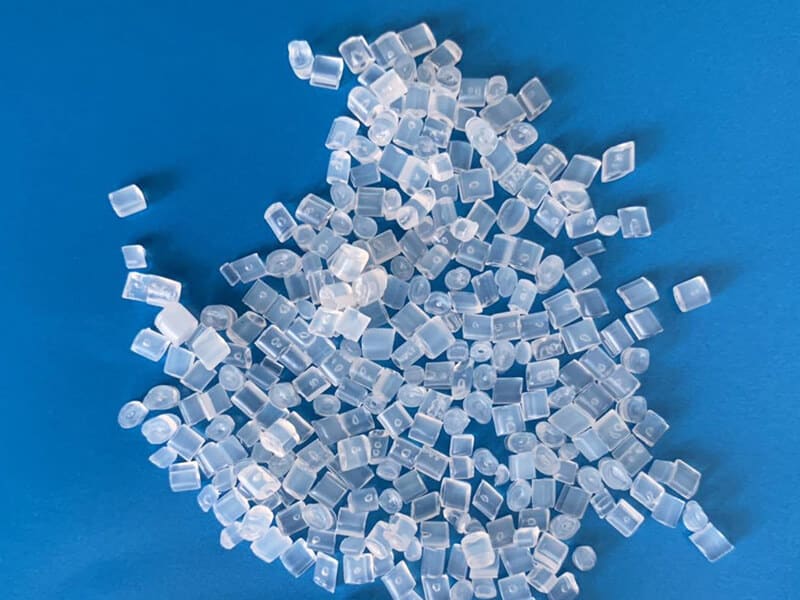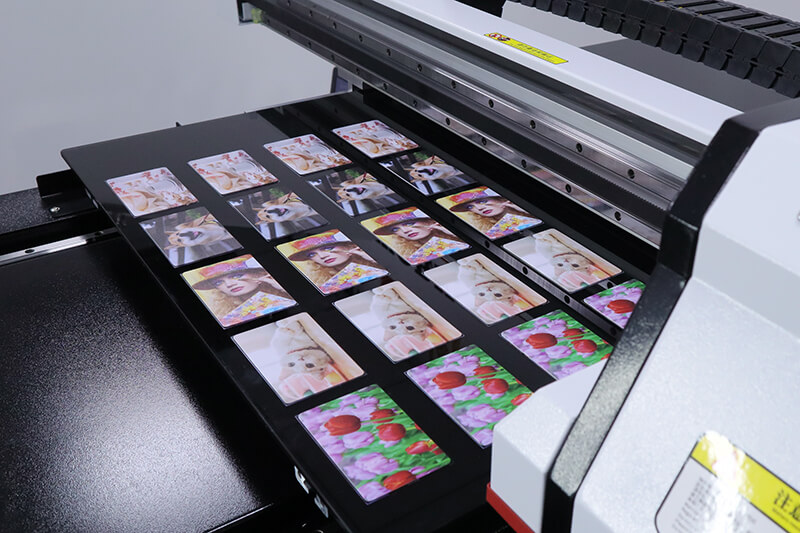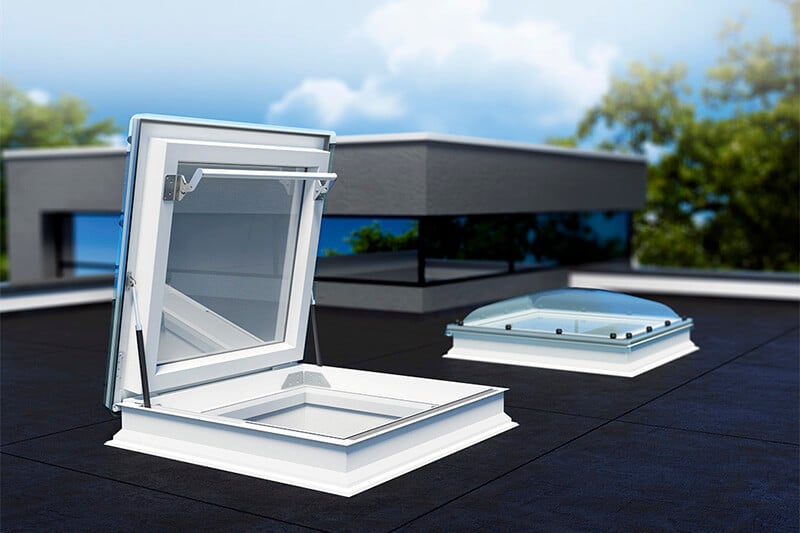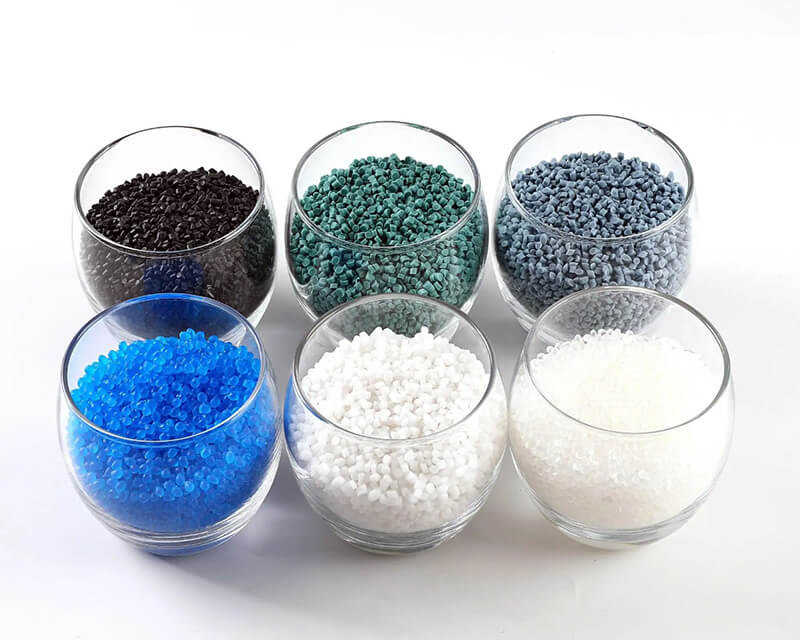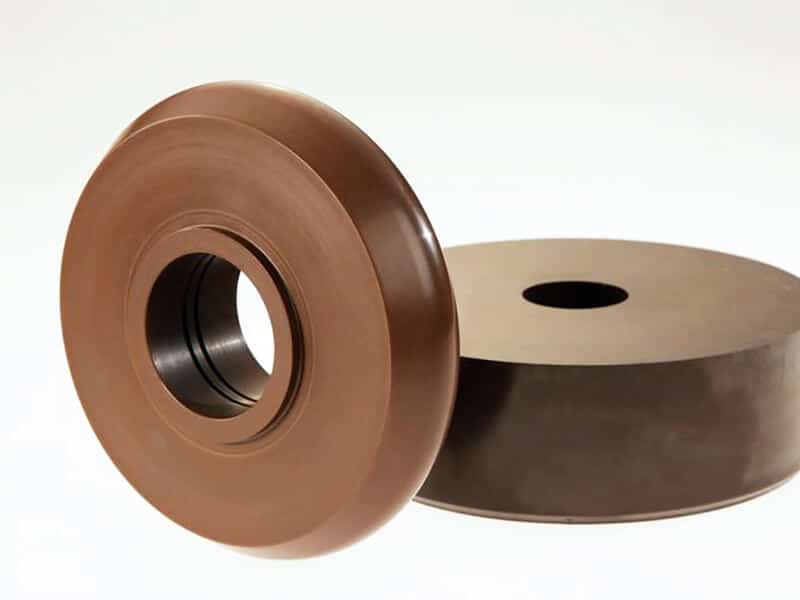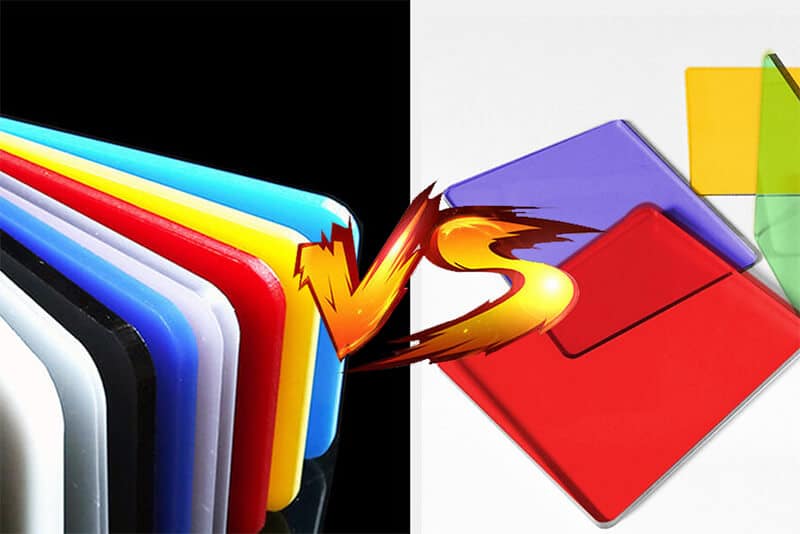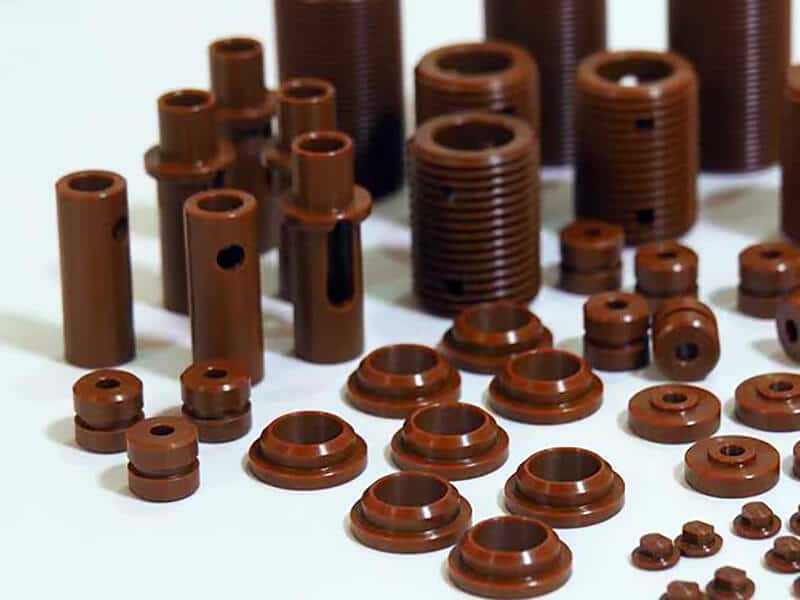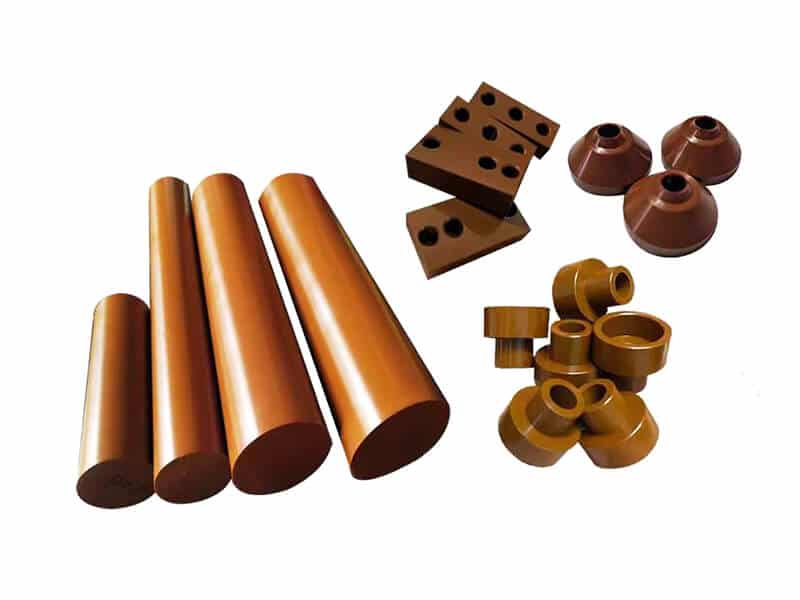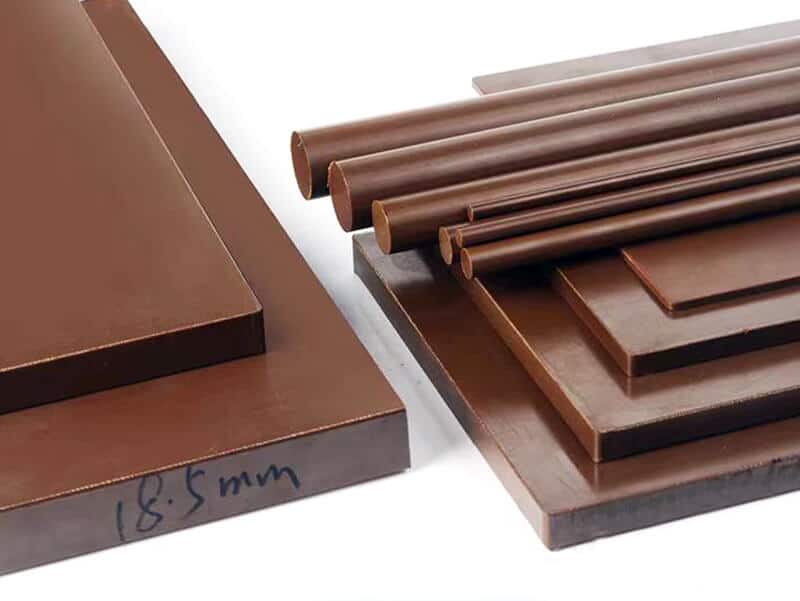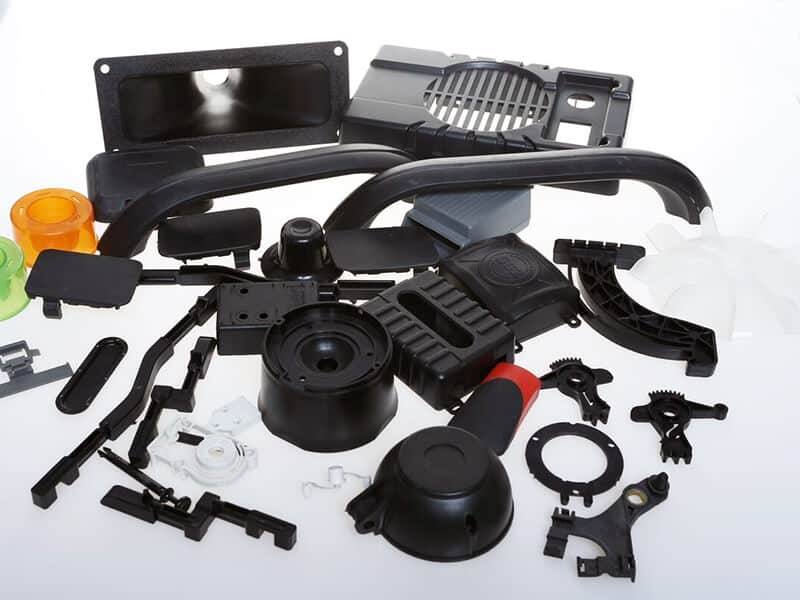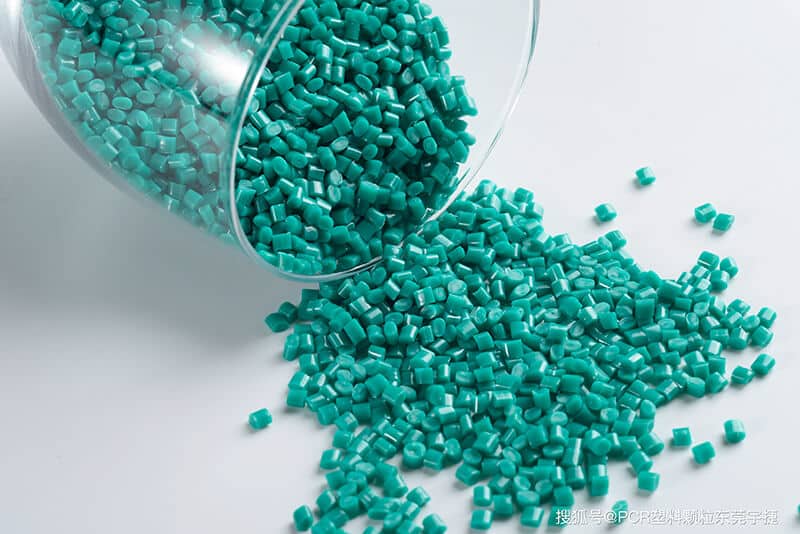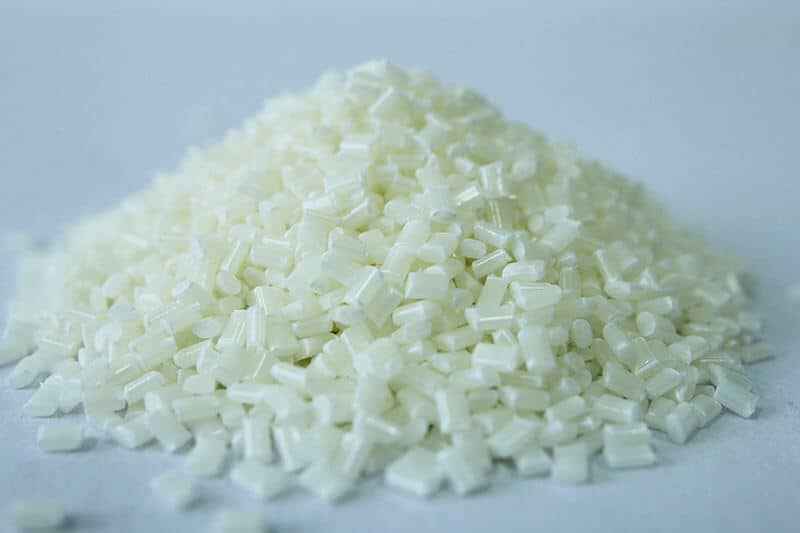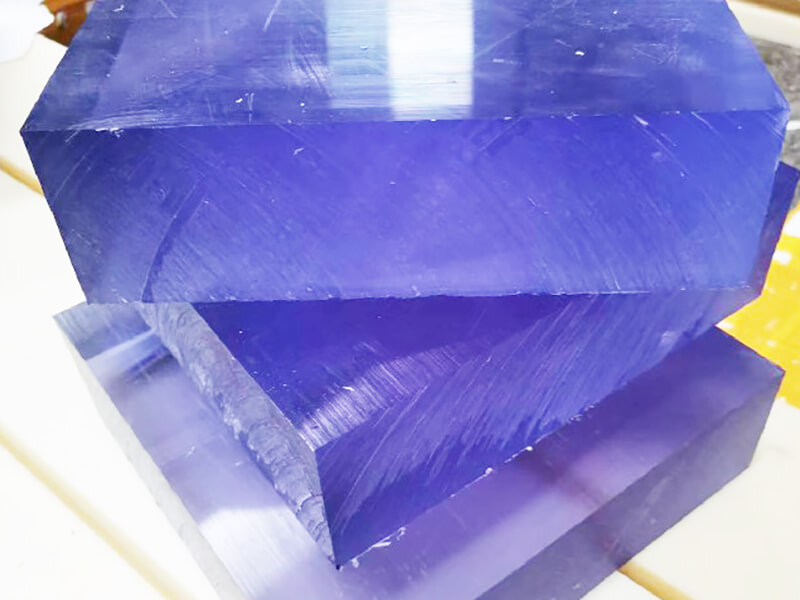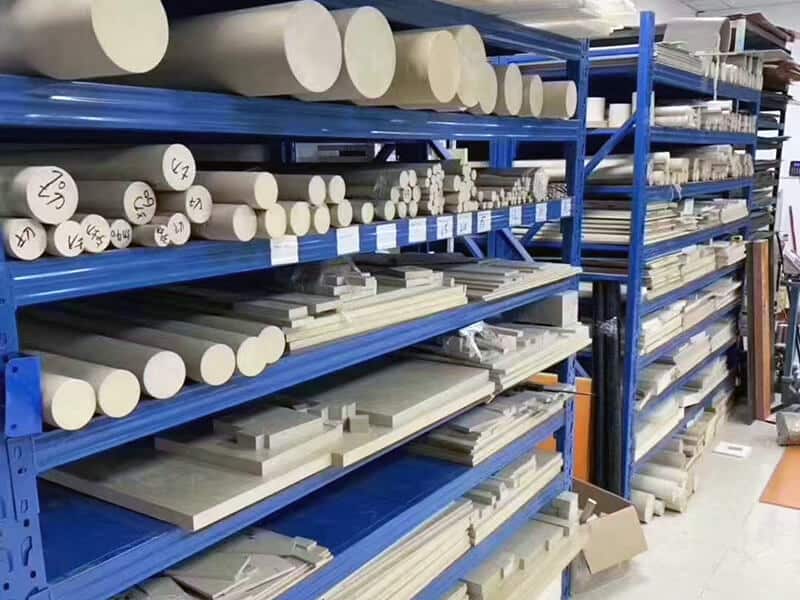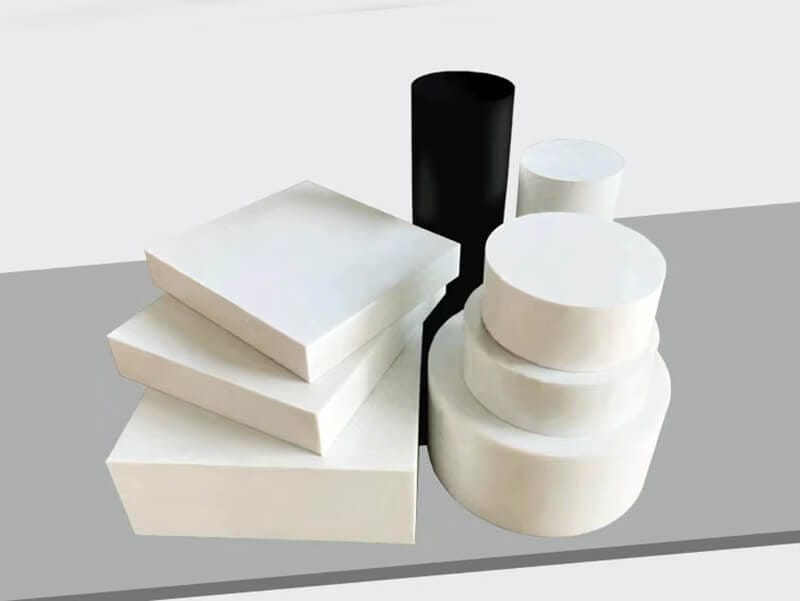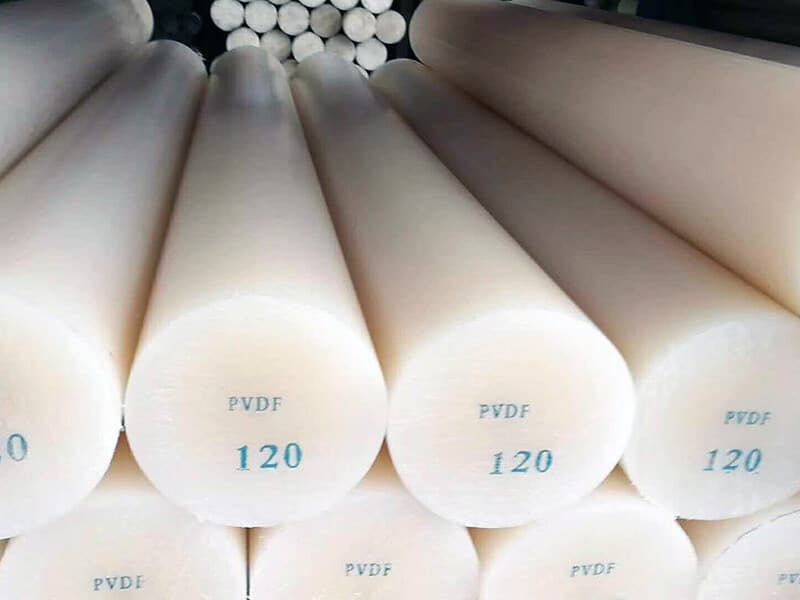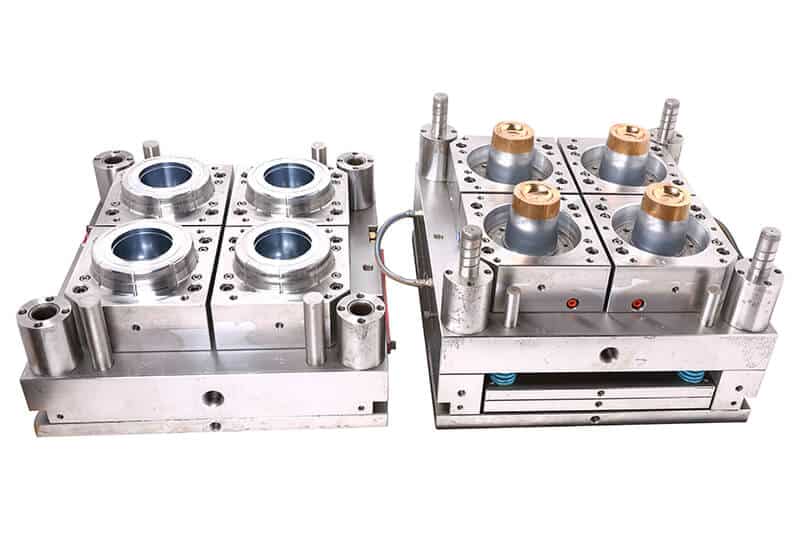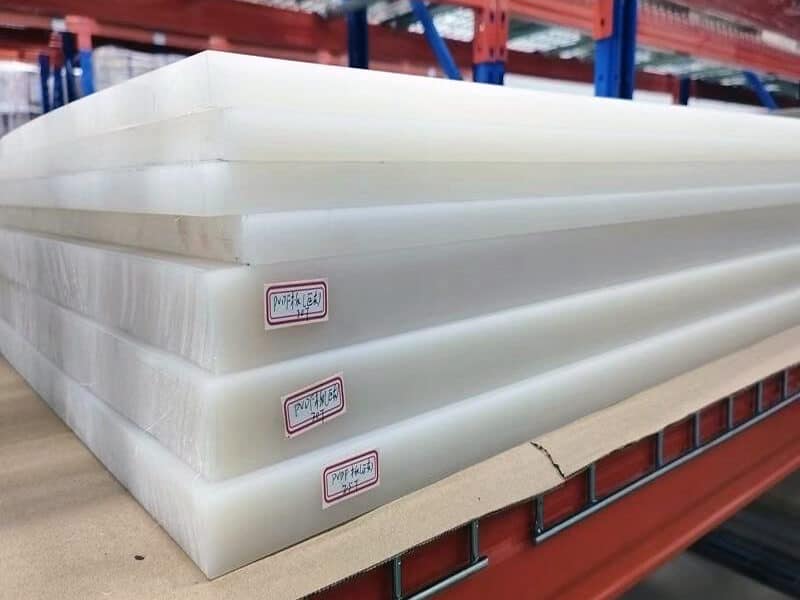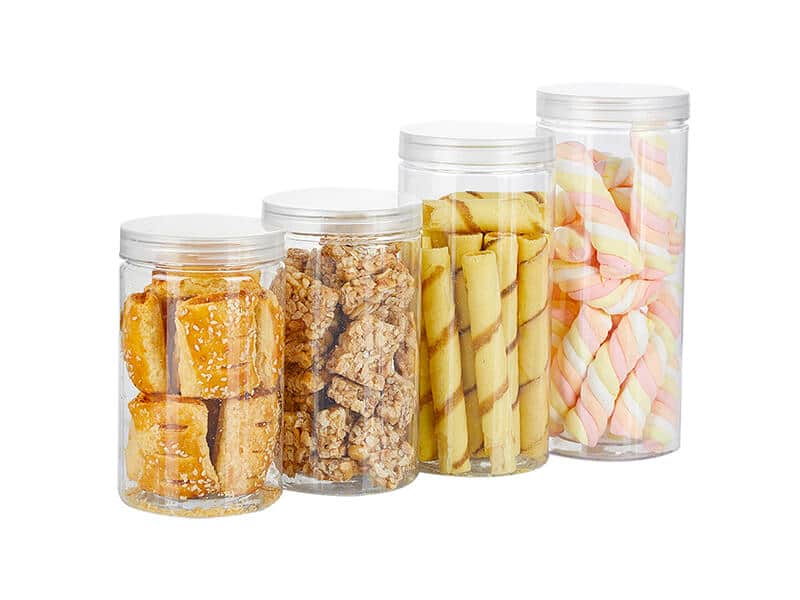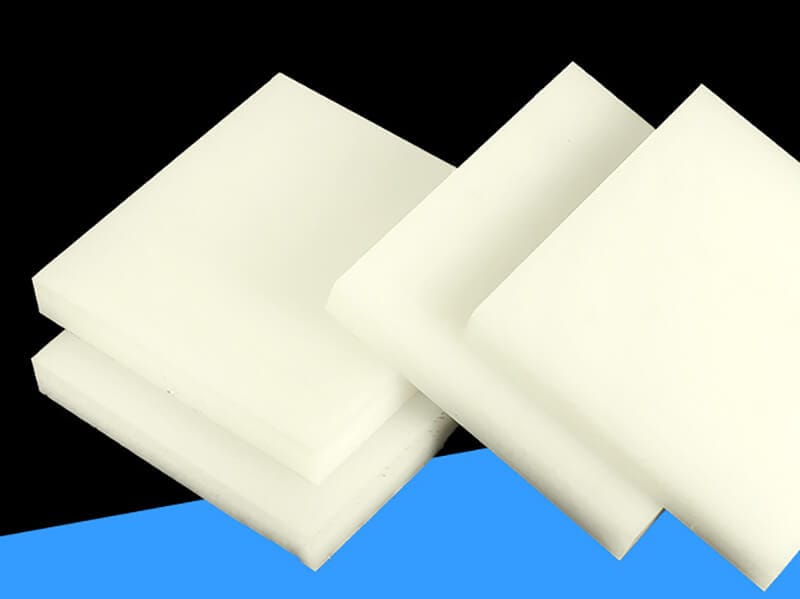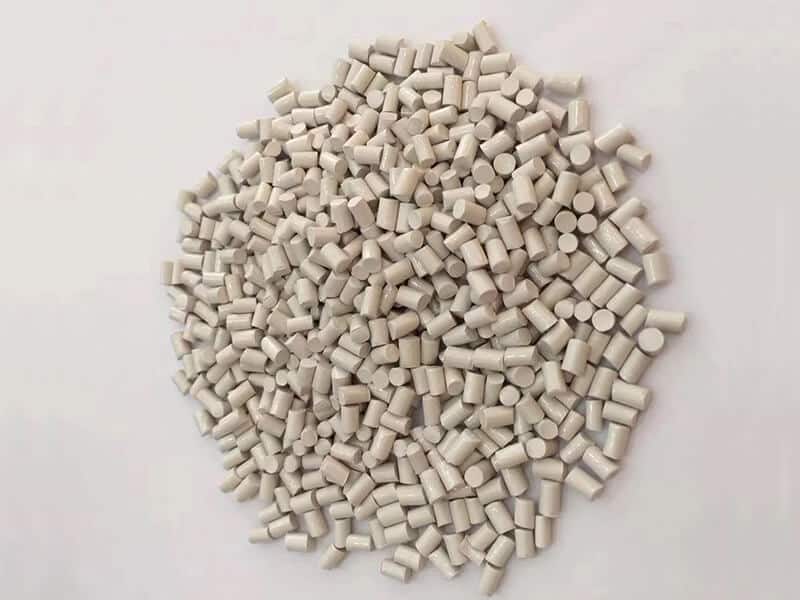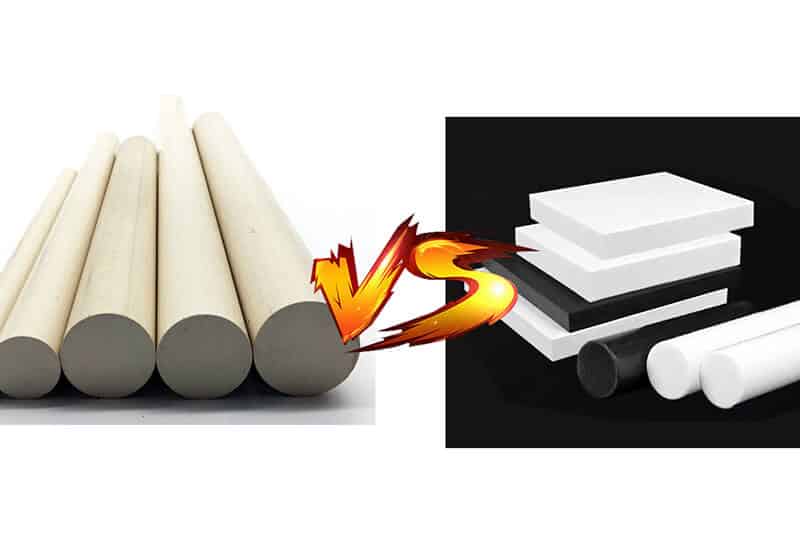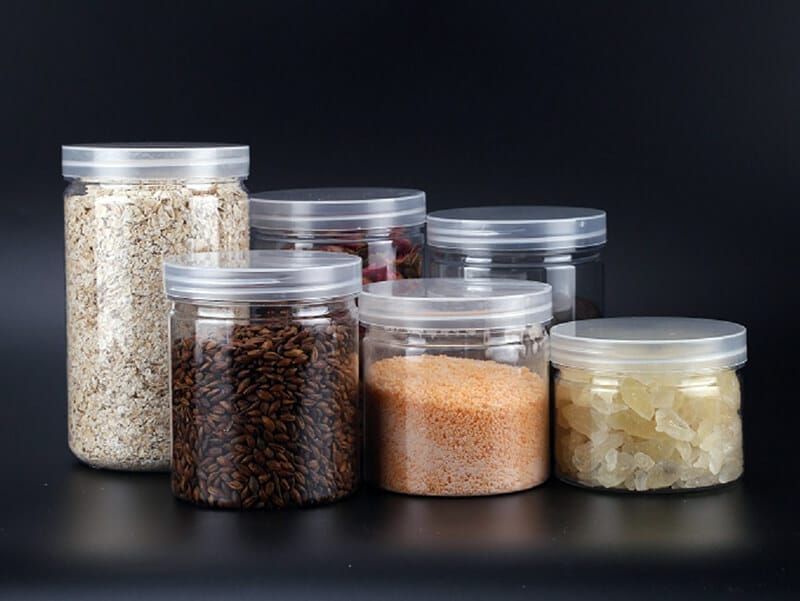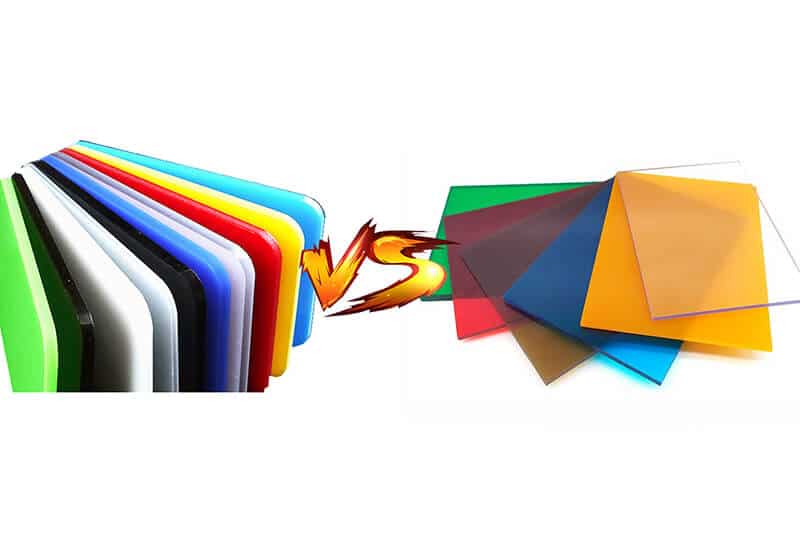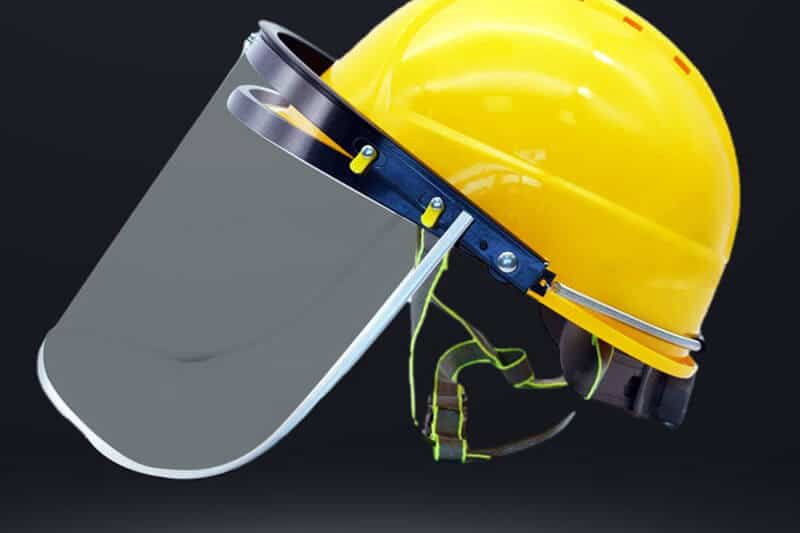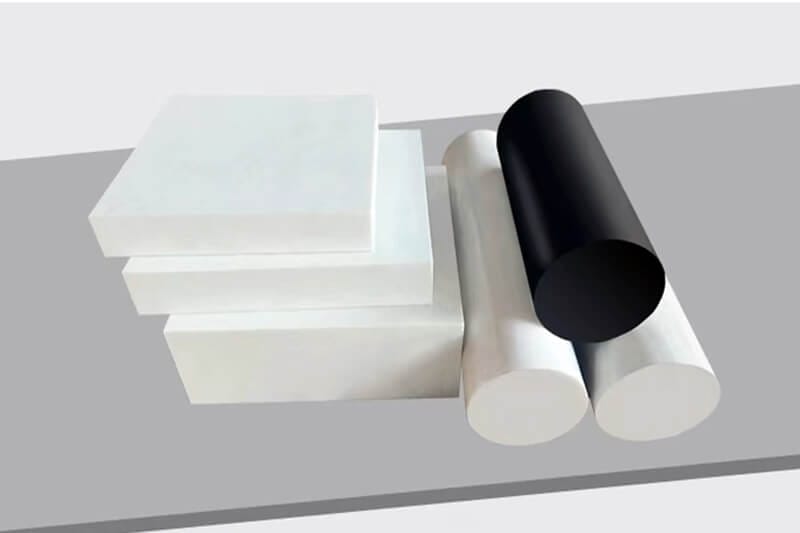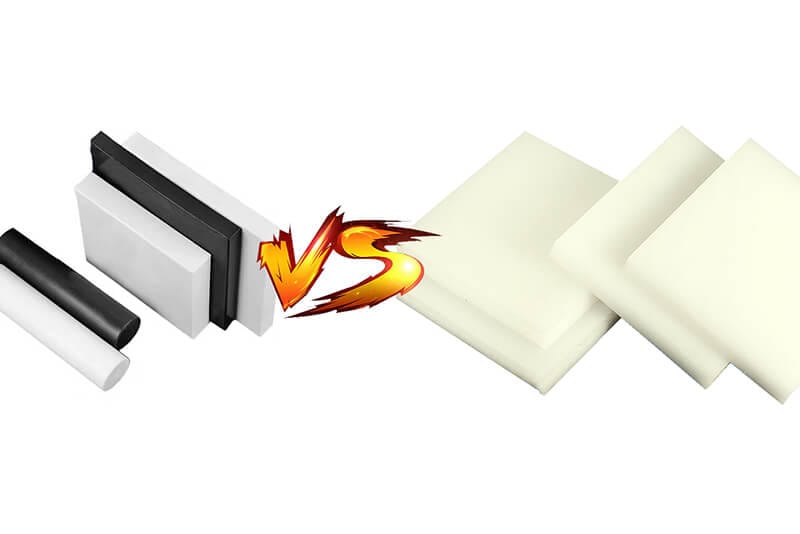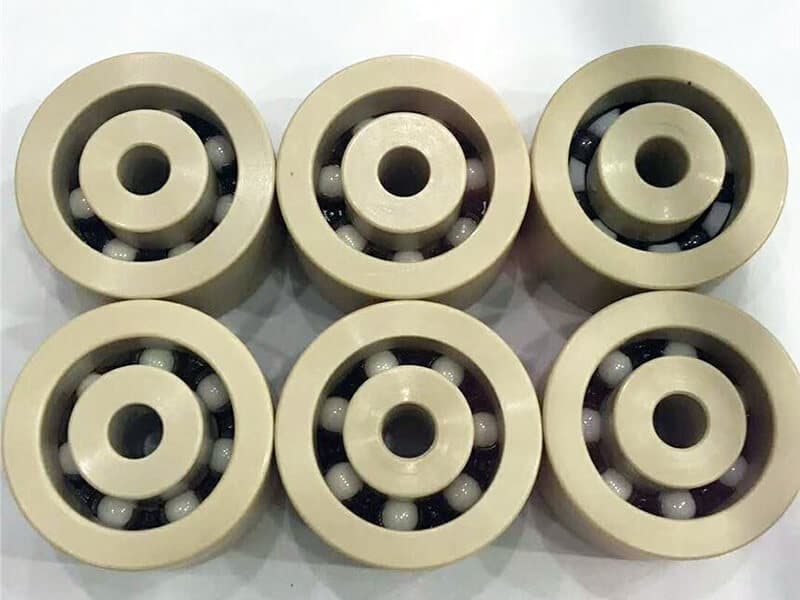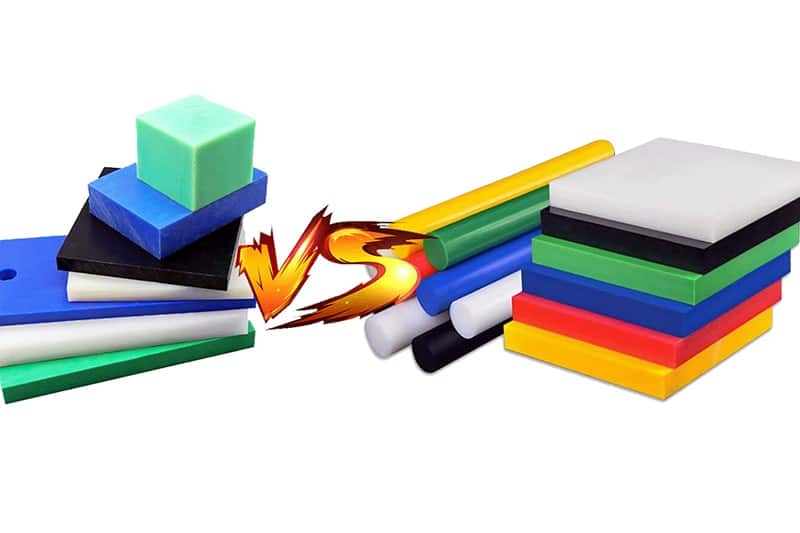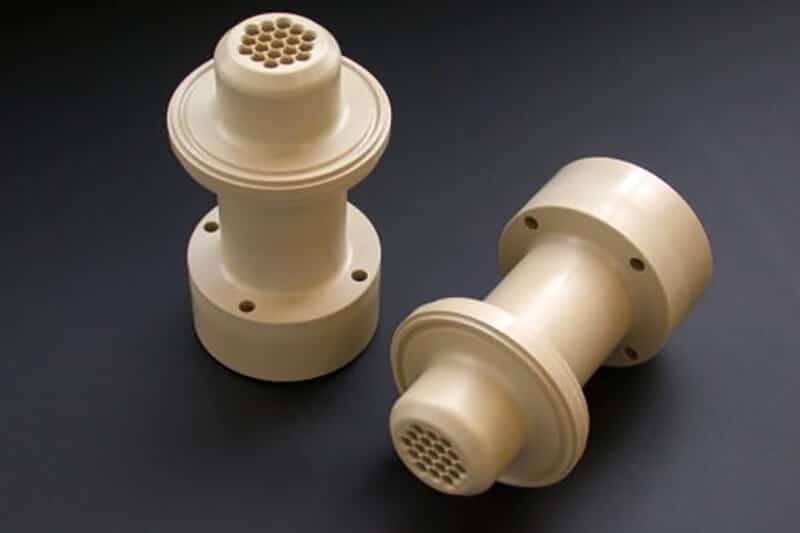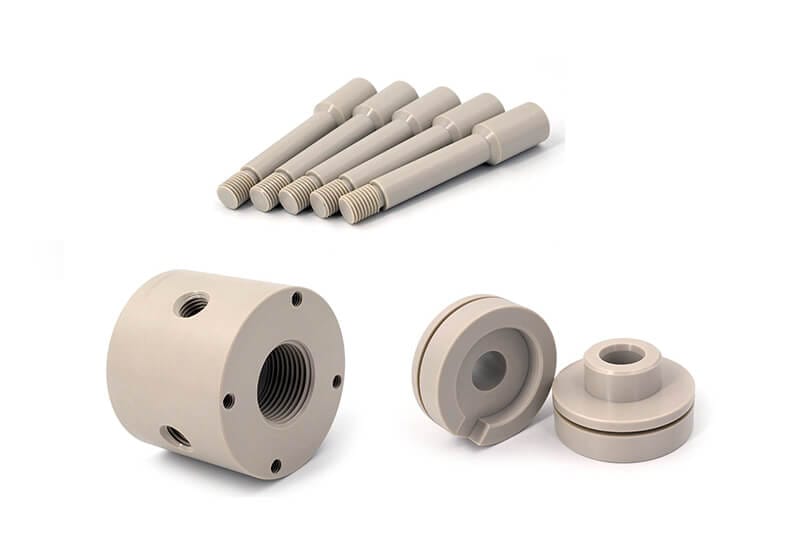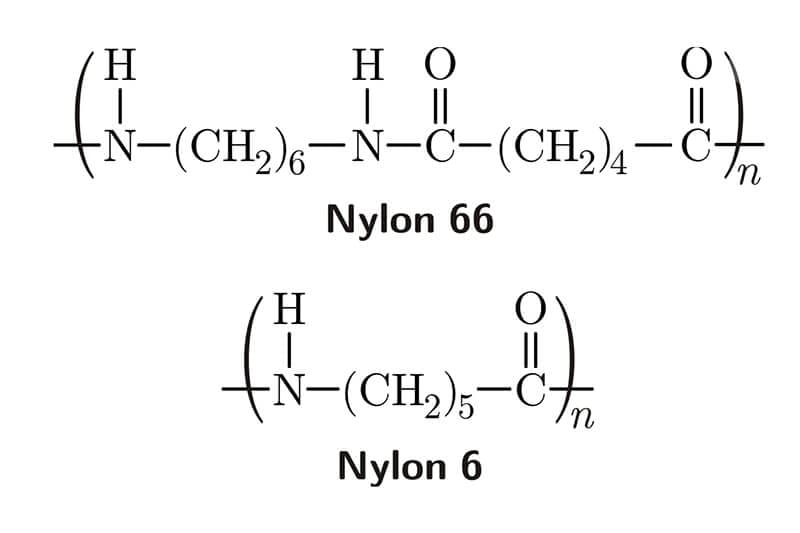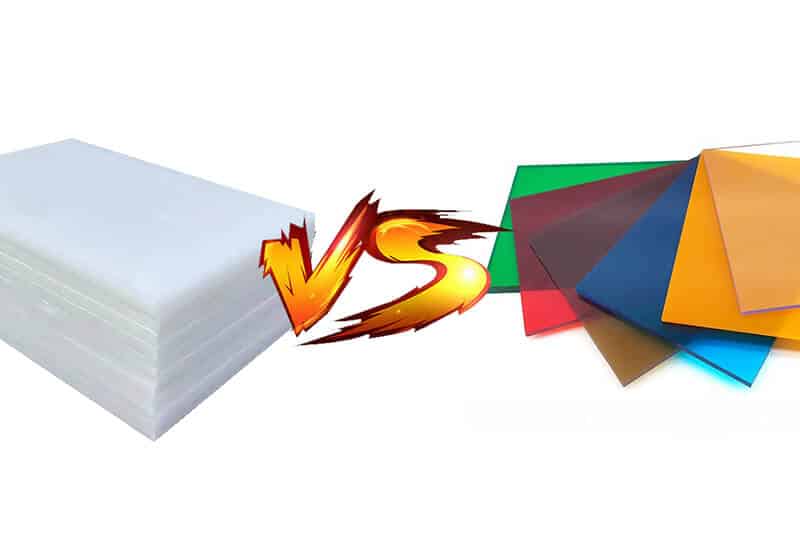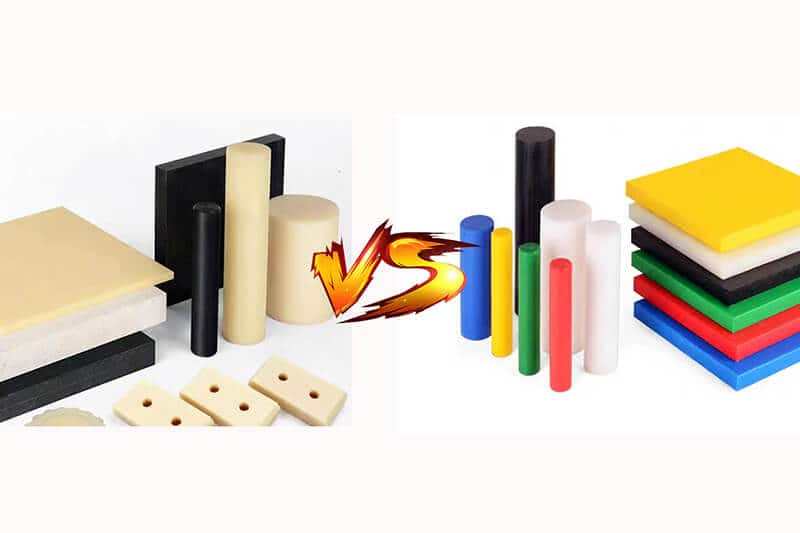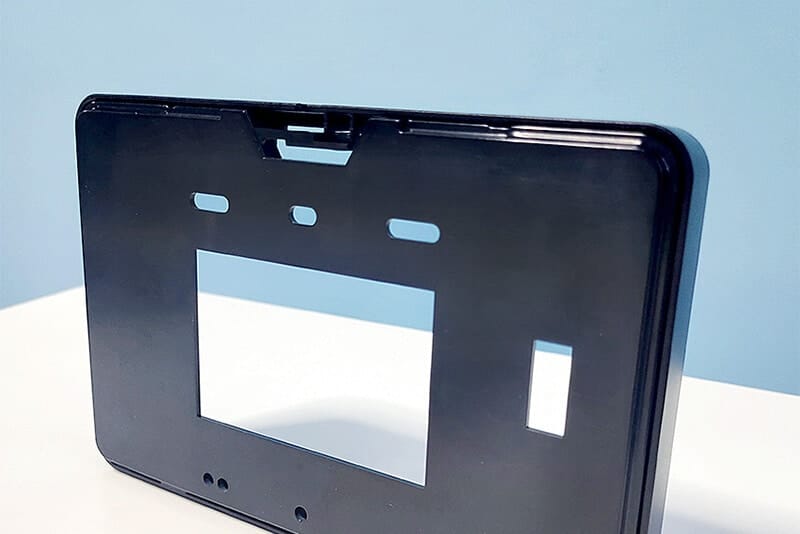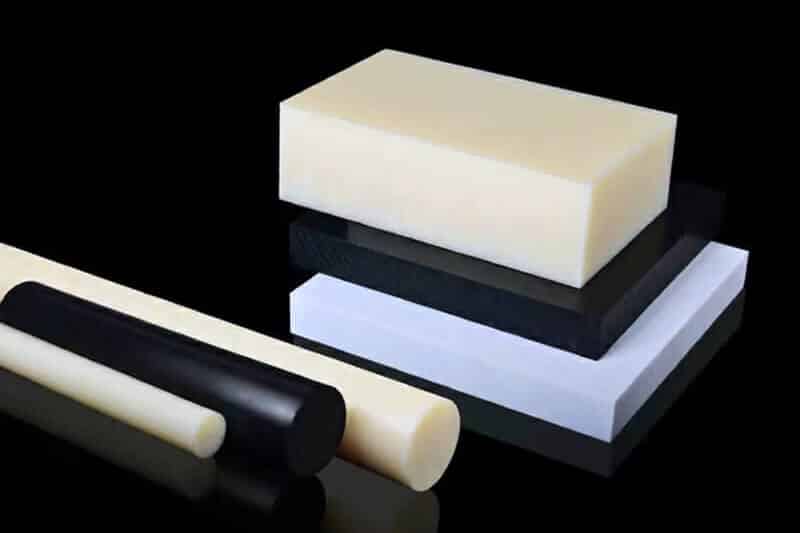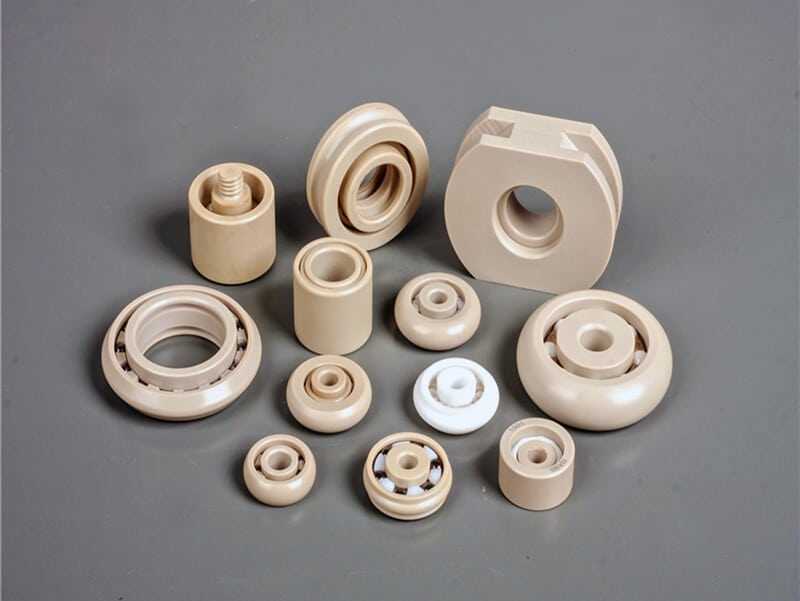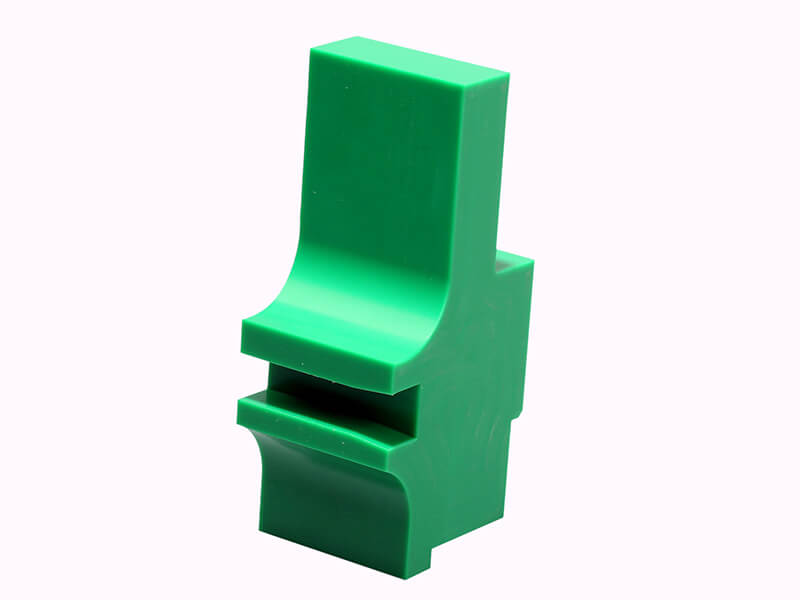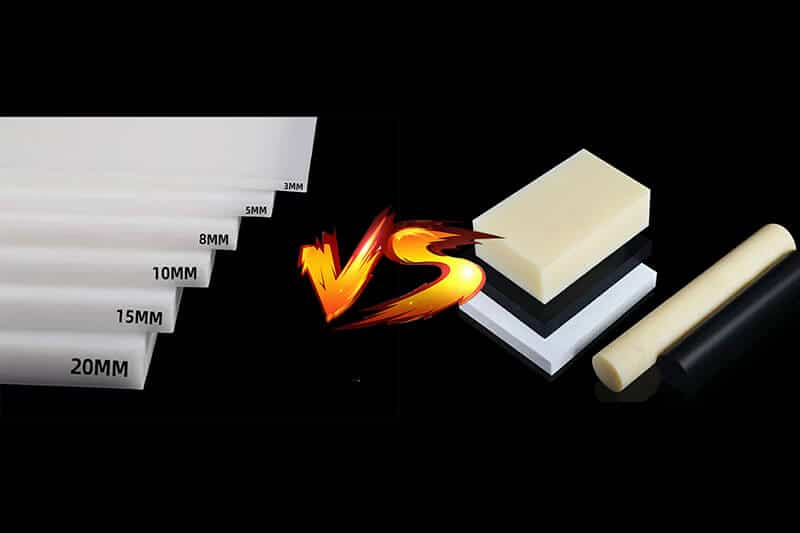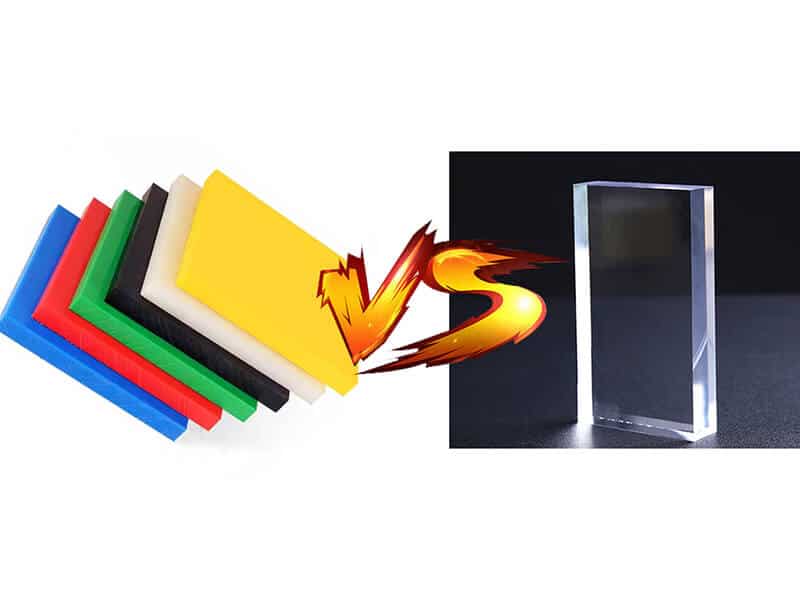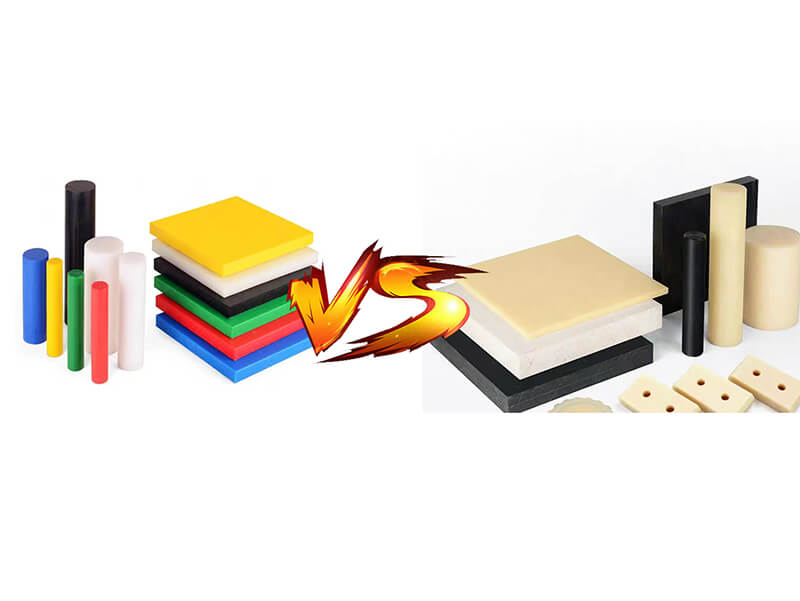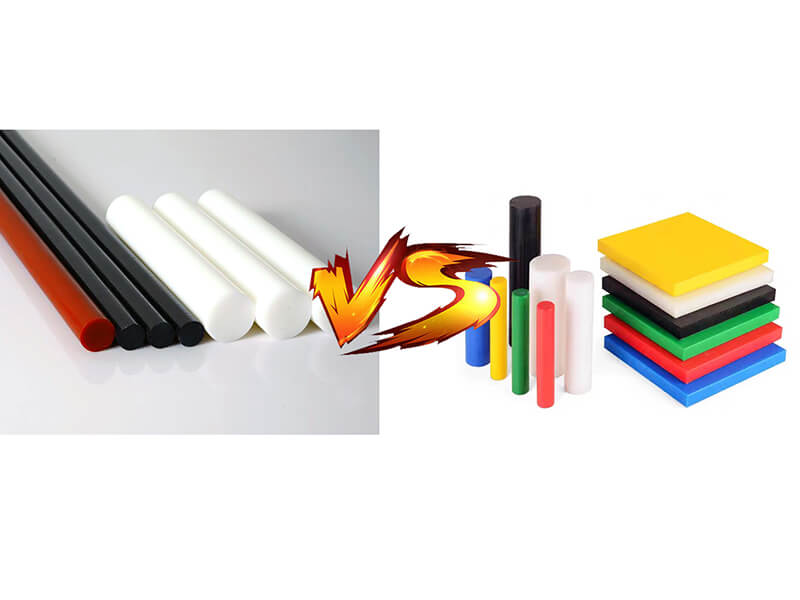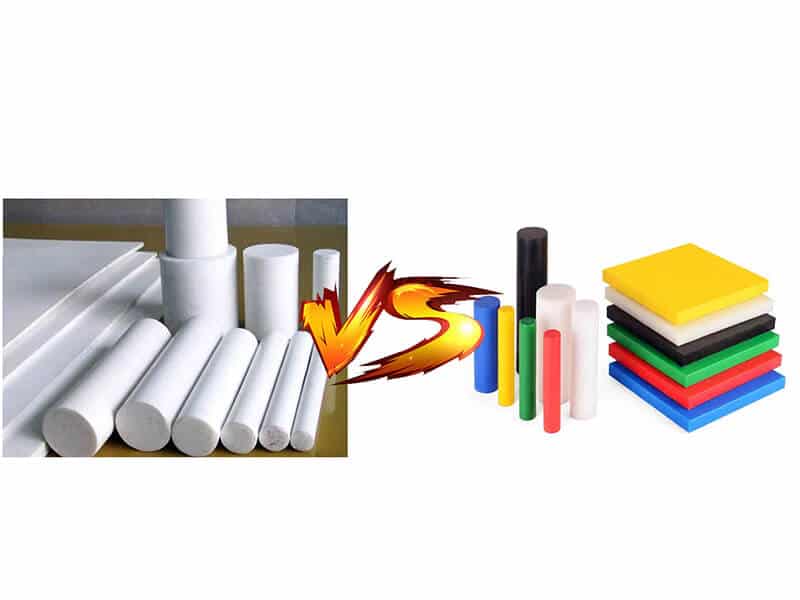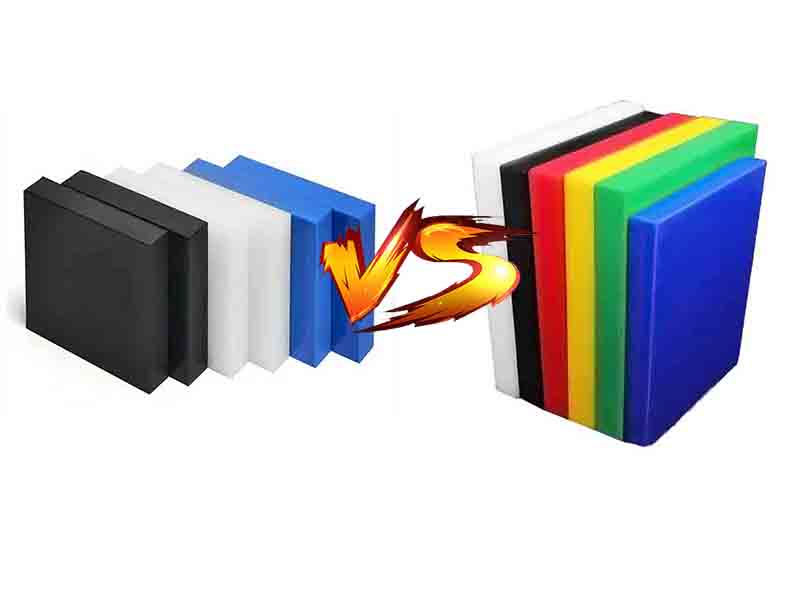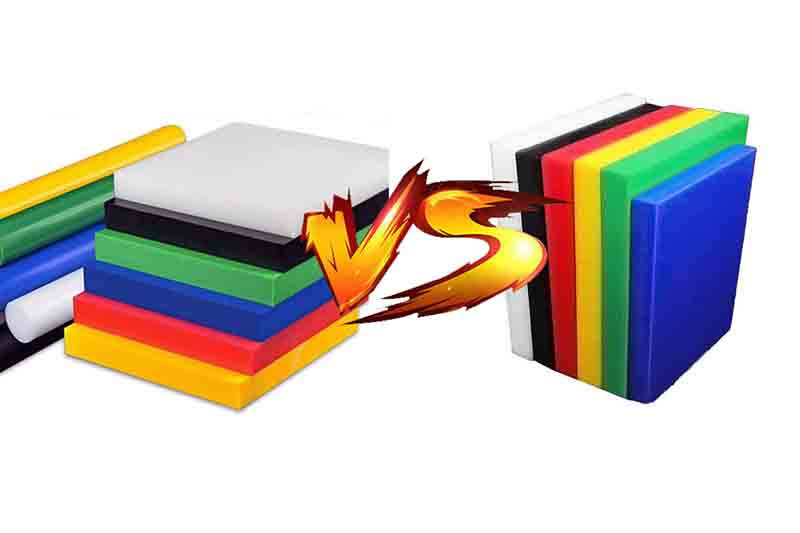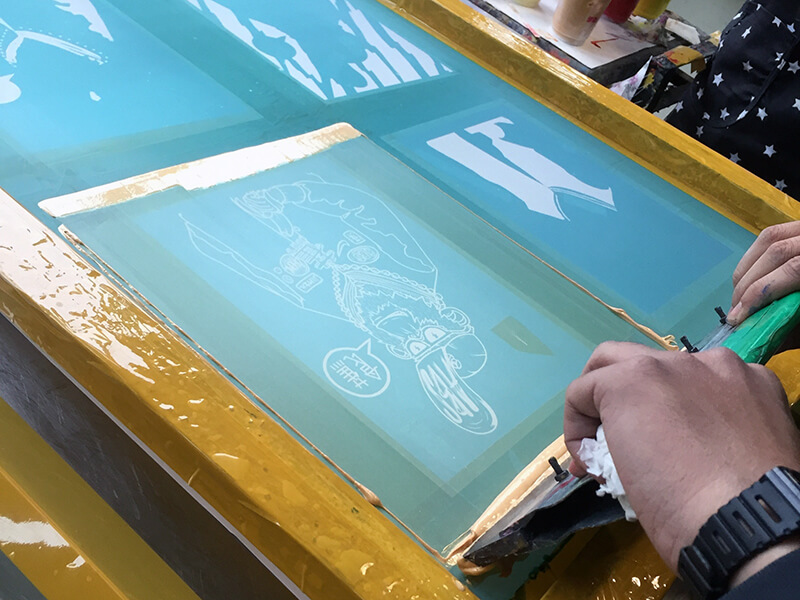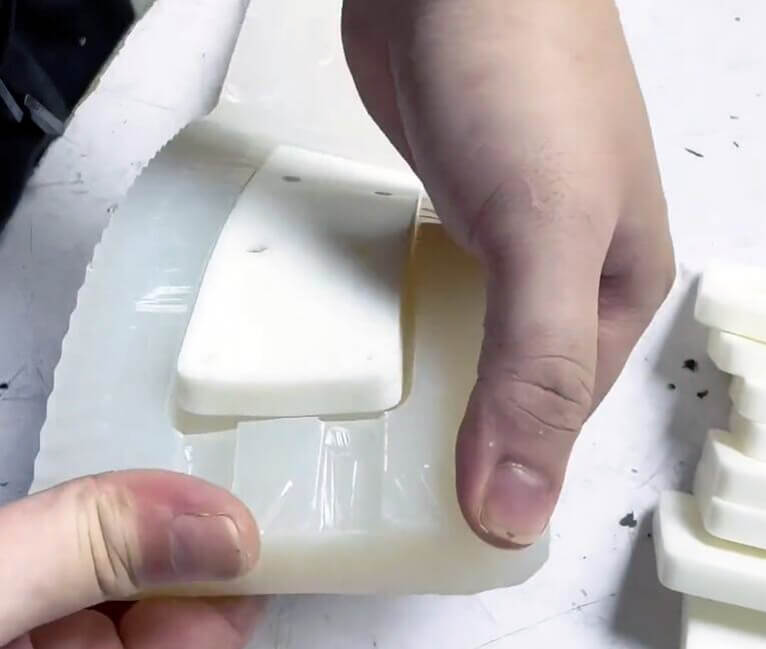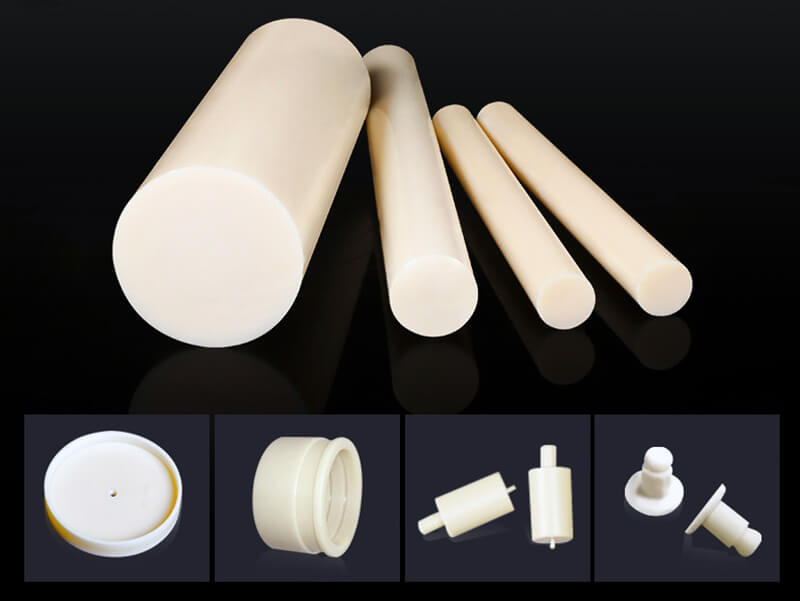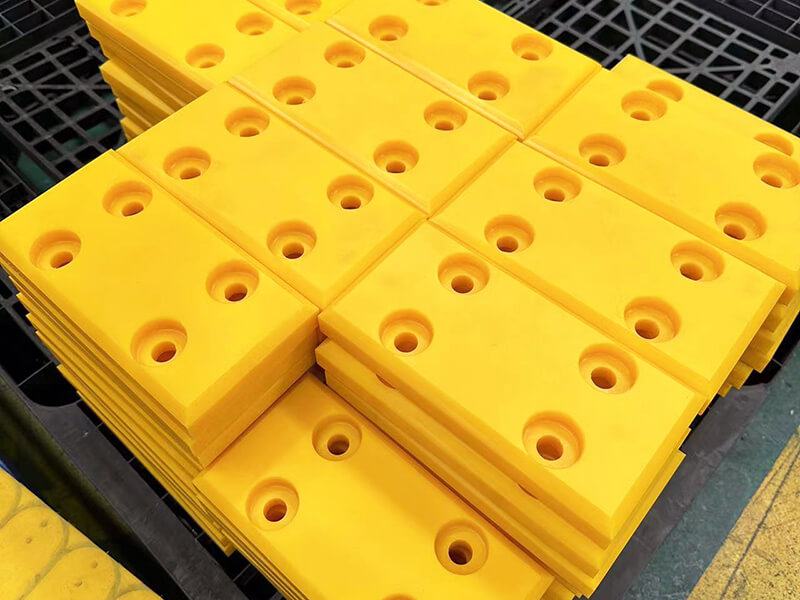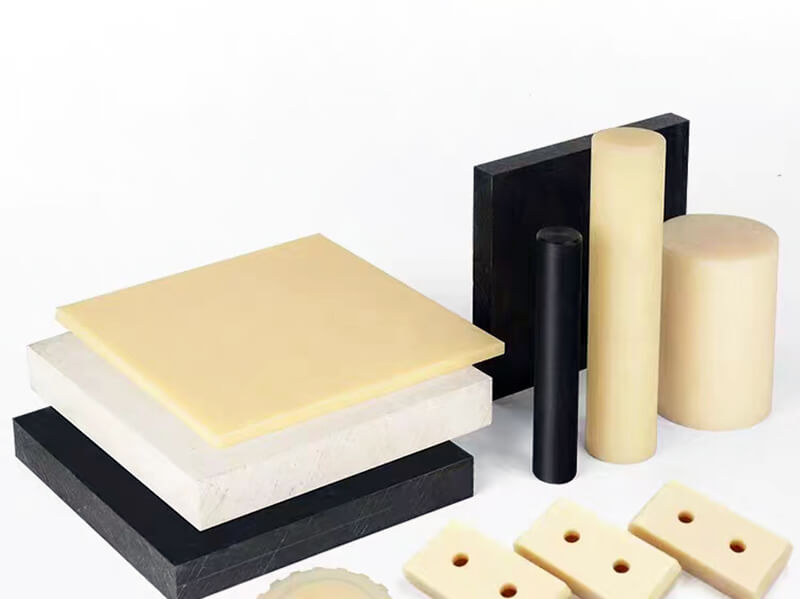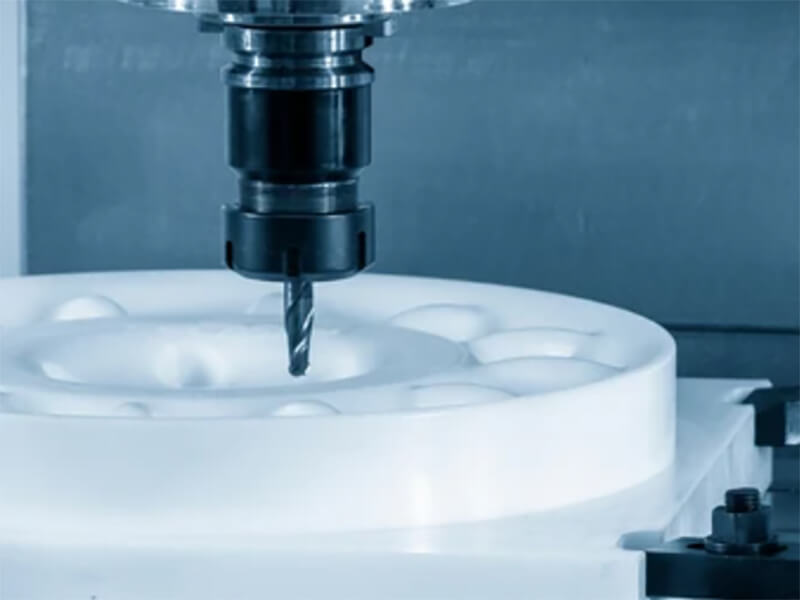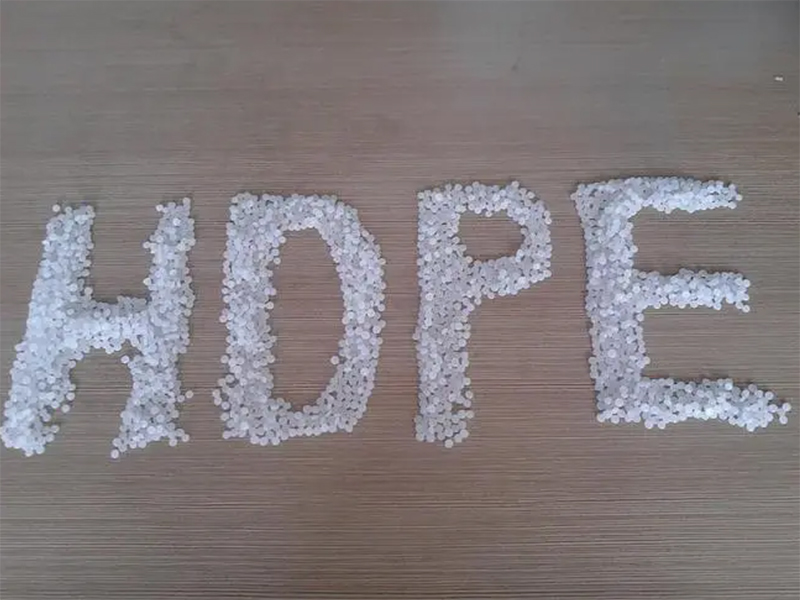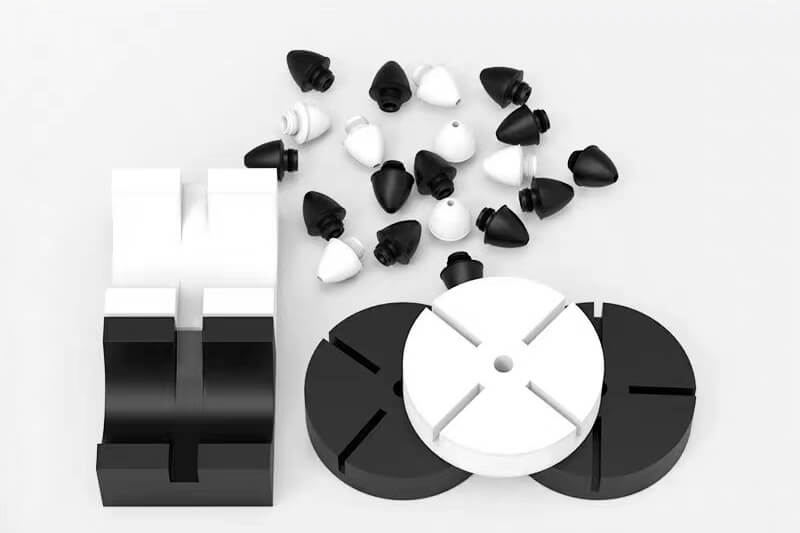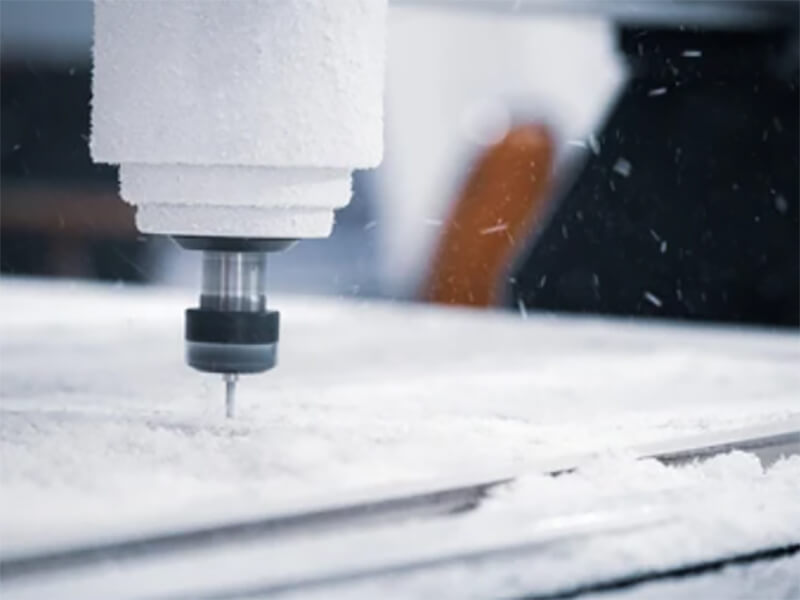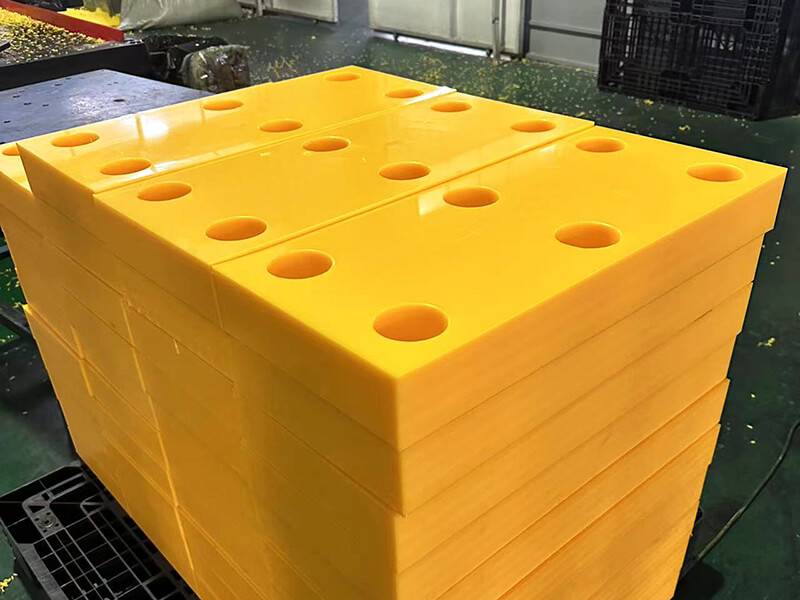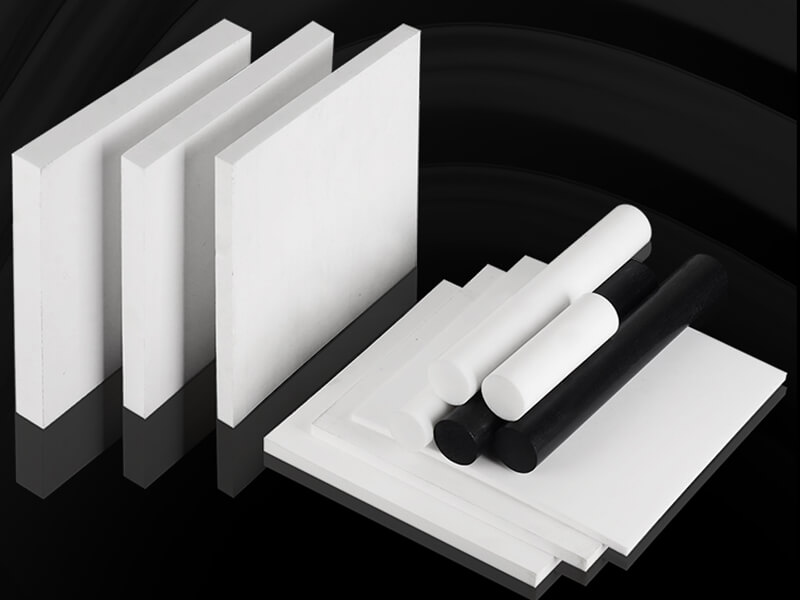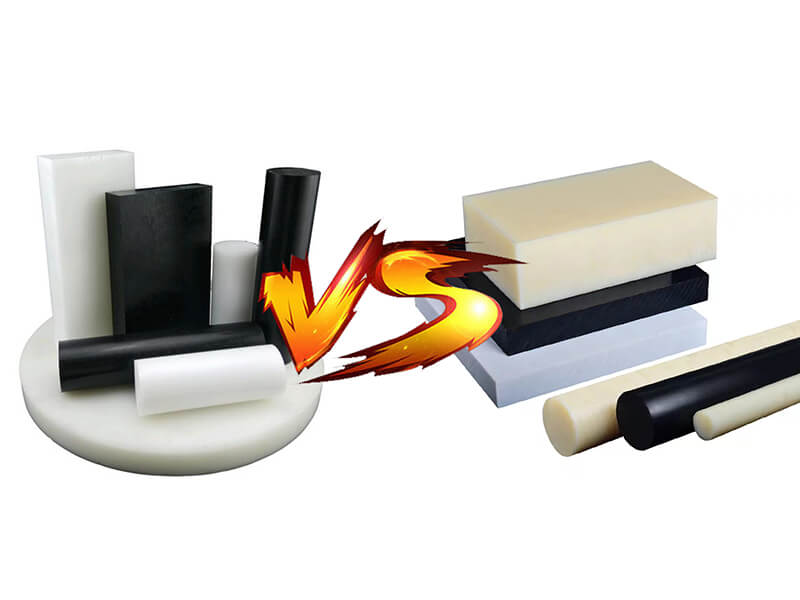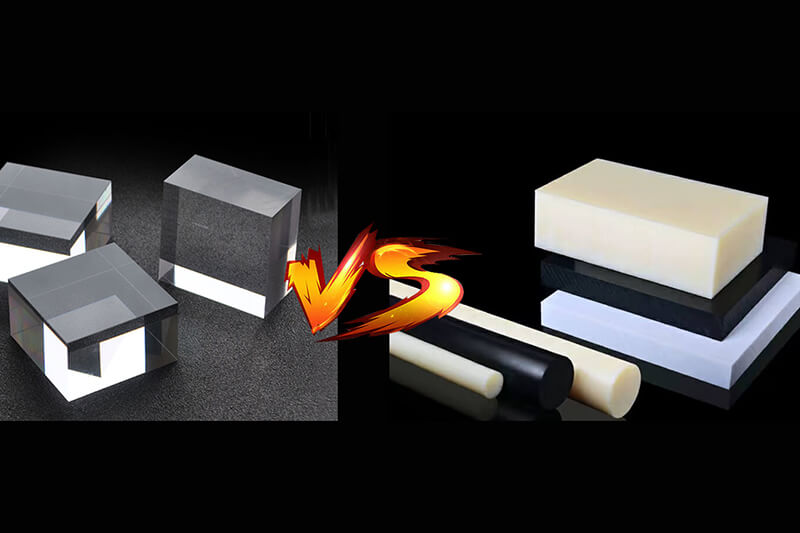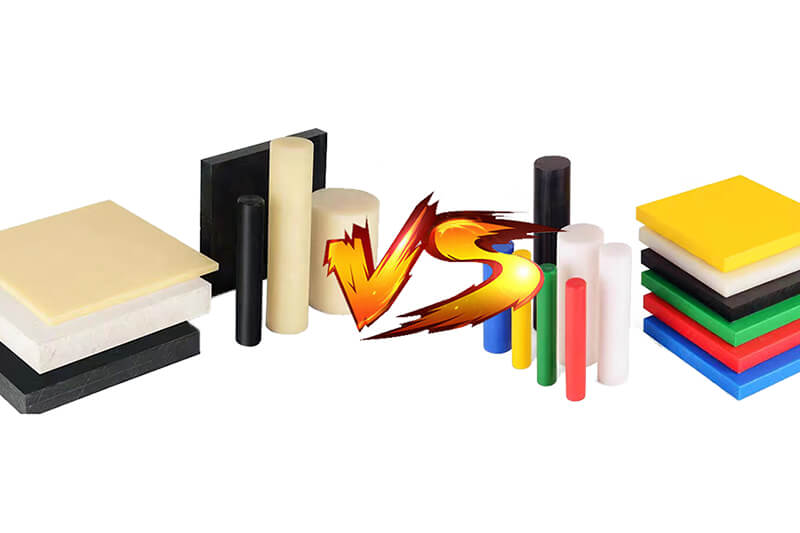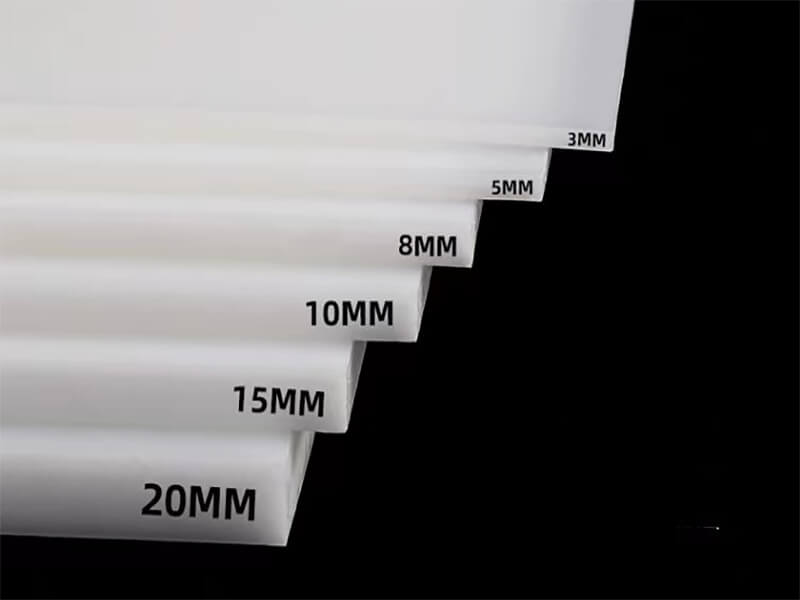FR-4 in Printed Circuit Boards (PCBs): A Complete Guide
Discover everything about FR-4 PCBs, from their material properties to common applications, making them essential for high-quality circuit board design.
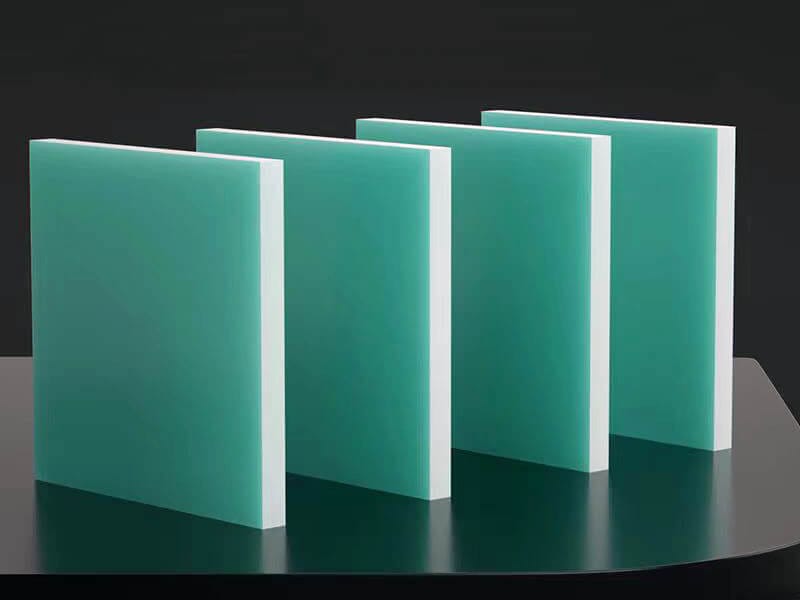
FR-4 circuit boards form the backbone of innovation in electronics. With the fiberglass-strengthened core, it can provide an exact balance between electrical insulation, mechanical electricity, and resistance to heat. Its competency in performing at extreme environmental conditions while preserving structural integrity makes it a necessary component among consumer electronics, automotive, aeronautical industries, among others.
What is FR-4?
FR-4 is a grade of flame-resistant, fiberglass-bolstered epoxy laminate extensively utilized in printed circuit forums (PCBs). It affords great dielectric residences, mechanical balance, and resistance to warmness and moisture, making it perfect for different electronic equipment.
FR-4 Material Properties and Performance Specifications
| Property | Specification |
|---|---|
| Glass Transition Temperature (Tg) | 130 – 140°C |
| Dielectric Constant (@ 1MHz) | 4.2 – 4.8 |
| Dielectric Loss Factor | 0.018 – 0.022 |
| Peel Strength | 8 – 12 N/mm |
| Volume Resistivity | >10^9 MΩ·cm |
| Surface Resistance | >10^8 MΩ |
| Flexural Strength | 450 – 500 MPa |
| Thermal Expansion (X-Y) | 14-17 ppm/°C |
| Thermal Expansion (Z) | 50-70 ppm/°C |
| Flammability Rating | UL94 V-0 |
| Moisture Absorption | 0.10 – 0.15% |
| Electric Breakdown Voltage | >40 kV |
Why FR-4 is the Preferred Material for PCBs
Excellent Electrical Insulation
FR-4 material is particularly excellent in electrical insulation for PCB applications. The dielectric constant of 4.0-4.5 and the dielectric strength of 20 kV/mm prevent unwanted current flow between circuit elements. Because of the low dissipation factor, signal loss will be minimal, which again is very important to maintain signal integrity in complex designs.
Superior Mechanical Strength
The glass fiber reinforcement gives exceptional stability with flexural strength over 500 MPa and excellent dimensional stability. This ensures that PCBs support assembly and installation, and can be used long-term without loss of structural integrity or component misalignment.
Flame Retardant Nature
FR-4 has a flame-retardant characteristic that makes it suitable for electronic applications where safety is a major concern. The material self-extinguishes within seconds once the source of flame is taken away, according to UL94 V-0 standards. This inherent safety helps prevent fire propagation in electronic devices.
Chemical and Moisture Resistance
FR-4 has excellent resistance against all kinds of common chemicals, oils, and solvents involved in most electronic applications. The material also exhibits very low water absorption-less than 0.15% in most cases-and offers good maintenance of its electrical and mechanical properties in humid environments. These advantages largely add to the lifespan and reliability of PCBs fabricated on FR-4 material.
Temperature Performance
The material exhibits good thermal stability, and its Tg generally ranges between 130°C and 170°C, depending on the grade. This resistance at high temperatures makes FR-4 PCBs very compatible over a wide range of operation temperatures, maintaining their structural integrity and electrical properties.
Manufacturing Versatility
FR4 is efficient in manufacturing processes – easy drilled, routed, and machined and accepts cladding of copper and various surface finishes. The flexibility and effectiveness makes it perfect for both prototype and high volume production.
Cost-Effectiveness
FR-4 offers an excellent combination between performance and cost, which qualifies it as a top choice among many manufacturers in different industries. Its availability, compatibility with automated manufacturing processes and low material cost give it an advantage for both budget sensitive as well as high performance applications.
Applications of FR-4 PCBs
Consumer Electronics
PCB’s FR-4 is at the heart of everyday devices like smartphones, laptops, televisions, and gaming consoles. This material ensures outstanding electrical insulation and thermal stability, which allows them to work without fail with recurring use and varying temperatures.
Automotive Electronics
Electronic systems have become an integral part of modern vehicle operation, from engine control units or (ECUs), infotainment systems to advanced driver assistance systems (ADAS). These applications make extensive use of FR-4 PCBs, owing to their resistance to vibrations, high temperatures, and moisture, and therefore their long-term reliability in harsh automotive environments.
Industrial Control Systems
FR-4 PCBs are used in the most vital equipment, like motor controllers, CNC machines, and power inverters found within factories and production lines. These boards withstand the stresses of constant mechanical shocks and industrial chemicals to ensure continuous operation with precise control over automated processes.
Aerospace and Defense
FR-4 printed circuit boards serve in conditions of high altitude and low pressure in satellites, avionics, and missile guidance systems. For such applications, FR-4 is considered reliable because of its extreme temperature stability and resistance to radiation.
Medical Devices
FR-4 PCBs are found in lifesaving devices such as pacemakers, defibrillators, and insulin pumps. Their high dielectric strength means the accurate signal transmission and their resistance against sterilization processes and body fluids provides safety and dependability for healthcare applications.
Telecommunications
FR-4 PCBs are widely used in telecommunications infrastructure such as routers, modems, and base stations for handling high speed data transmission. As they are superior in electrical insulation, low signal loss and can operate in fluctuating environmental conditions, they are indispensable for providing uninterrupted connectivity in wired and wireless networks.
Types of FR-4 PCBs
Single-Layer PCBs
The single-layer FR-4 PCB has one layer of conductive copper on one side. These are the simplest and least expensive kind of PCB, utilized for very basic electronics like calculators, LED lighting, and home appliances. Although being the simplest, they perform dependably with devices having less-complicated circuitry.
Double-Layer PCBs
The double-layer FR-4 PCBs have copper conductive layers on both sides, which enable the designer to develop more complicated circuitry. These support more components and interconnections, finding applications in power supplies, audio, and industrial controllers where space and functionality must be balanced.
Multi-Layer PCBs
Multi-layer FR-4 PCBs are designed with three or more layers of conductive material, usually separated with FR-4 insulating material between the layers. Such boards have high circuit density and are highly useful for advanced applications in smartphones, telecommunications equipment, and space systems. Due to supporting intricate designs and high speeds, they become ideal to be used in compact, high-performance devices.
Final Thoughts
FR-4 has been one of the most vital materials in the world of electronics, offering a perfect balance between performance and reliability. Its continued application in a wide variety of industries makes it very important for the development of effective and long-lasting electronic systems for the future.
If you are looking for FR4 sheet, rod, UVTECO will be a trustworthy partner. Contact us for more information about FR4 material.
Related Blogs

Looking for a trustworthy Supplier
Need a Trustworthy Supplier of Plastic, Foam, Sponge, Rubber, Metal, and Machining Solution. Click the Button, We Will Be In Touch With You As Quickly As Possible.
